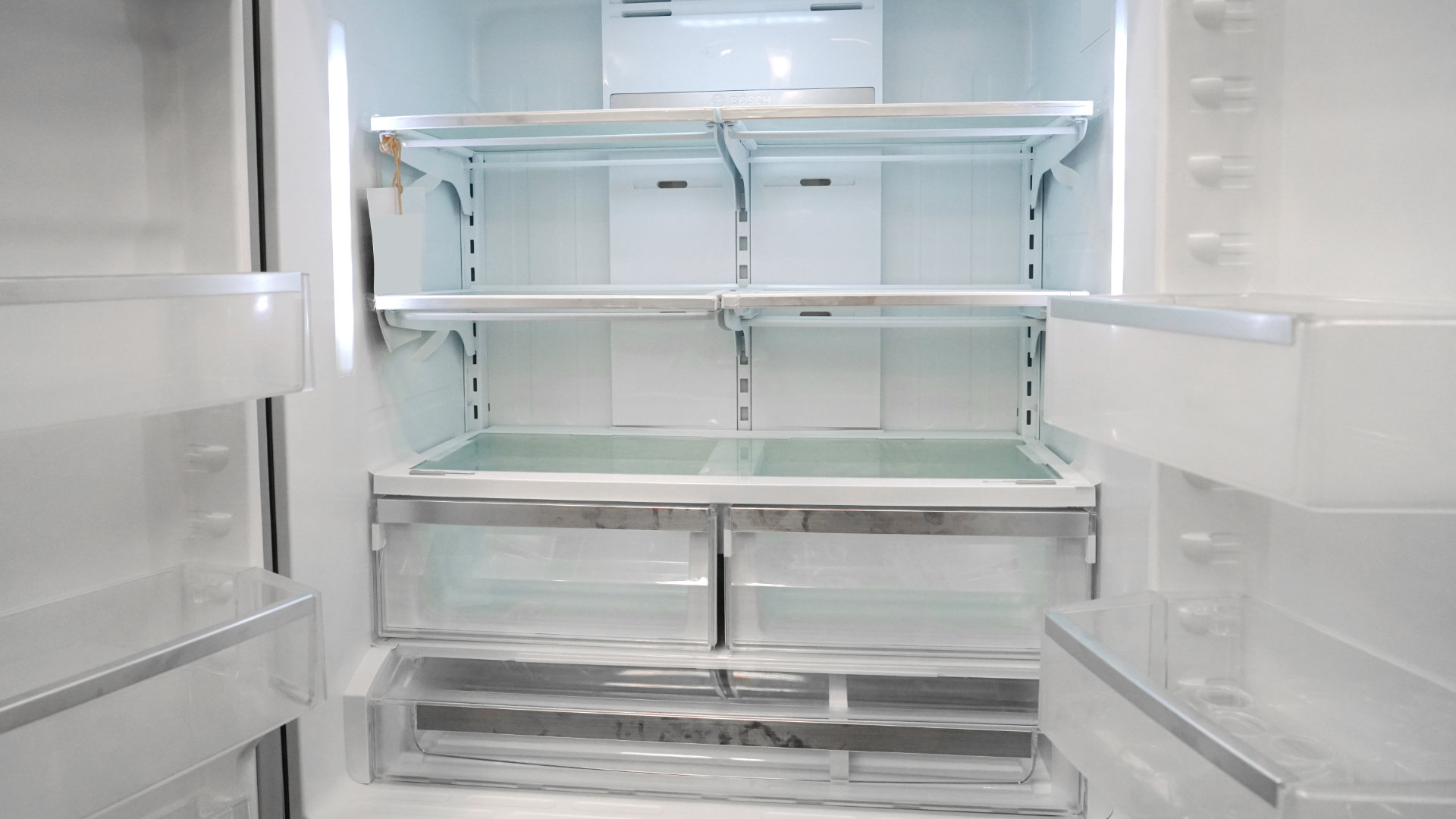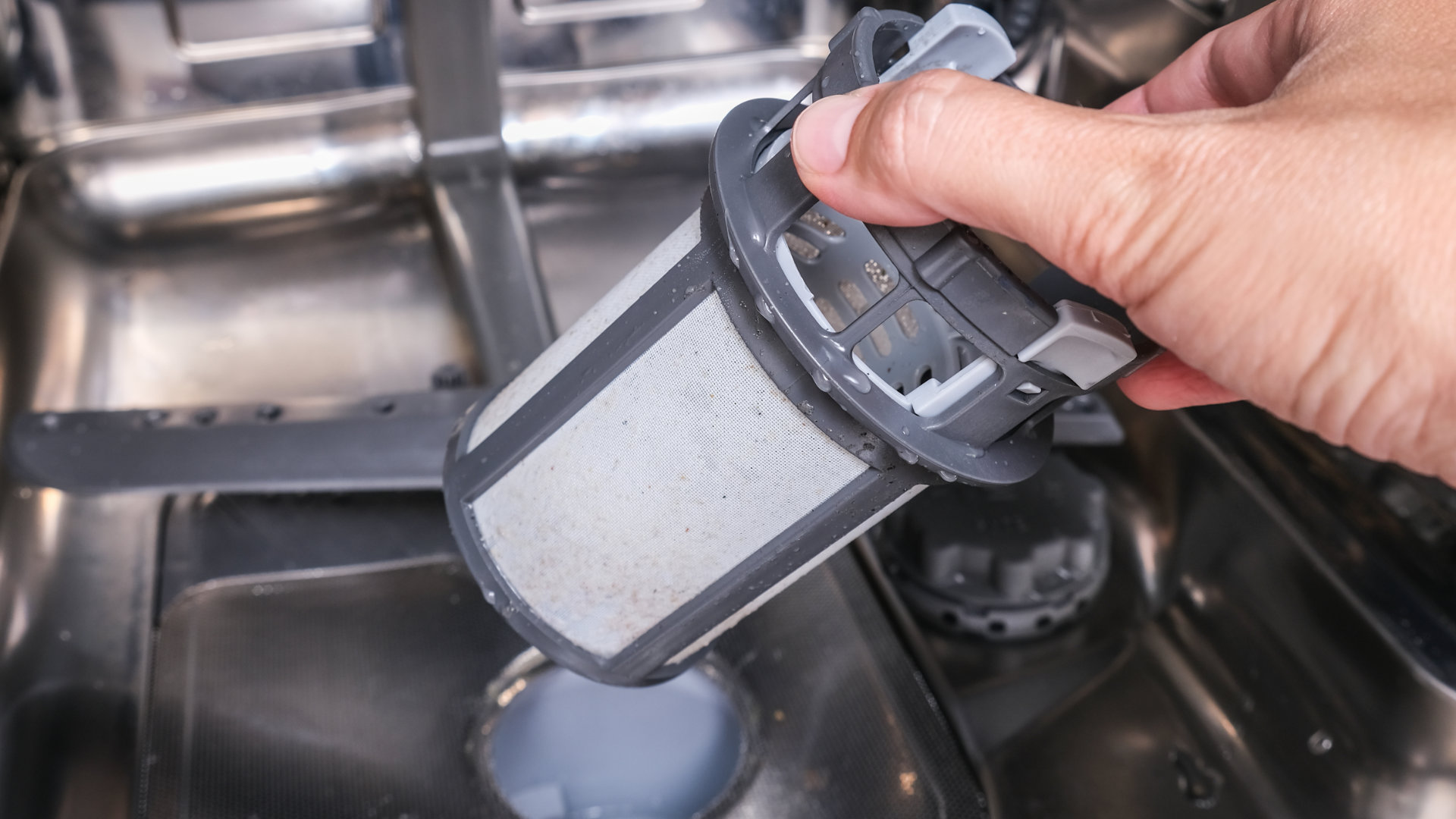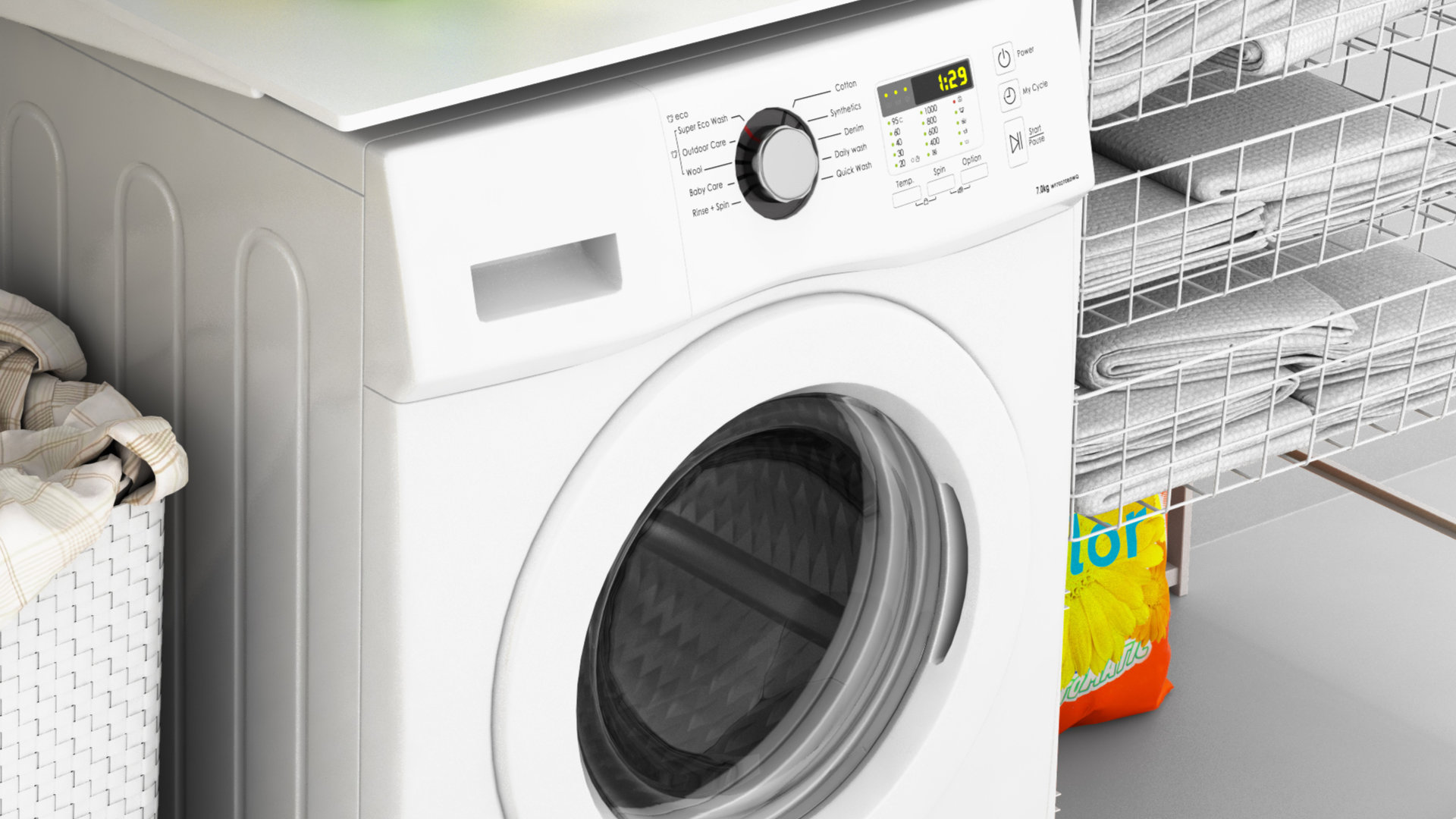
There are a few different reasons why your dryer might not be heating. The most common cause is a buildup of lint that has overheated the dryer and caused an internal part to stop working. However, in some cases, there may be a more simple solution. Follow this guide to diagnose and fix the problem.
1. A Circuit Breaker Has Been Tripped
One common cause that is easy to check is a tripped circuit breaker. An electric dryer has two 120-volt breakers, one for heating and one for power. A tripped heating circuit breaker would explain why the dryer is running but not heating.
- Check your electrical panel for tripped circuit breakers.
- Reset any tripped circuit breakers.
- Replace any blown fuses.
2. No Gas
One of the easiest-to-check reasons that a gas dryer is not heating is a lack of gas.
- Make sure the gas valve is turned on.
- Check that the gas pipe is connected to the dryer.
- Make sure you have paid your gas bill.
3. The Lint Trap is Blocked
The lint screen should be cleaned after every cycle. But even with a lint screen, lint can still get through and cause a blockage, so make sure to clean out this area.
- Take out the lint screen, and wash it in the sink with soap and warm water.
- While the screen is drying, use a vacuum attachment to get into the slot the lint screen goes into.
- For a more thorough clean, unscrewing and/or unclamping the panel surrounding the lint screen will provide better access.
- Make sure to disconnect the dryer from the power and turn off the gas (if applicable) before proceeding.
- Once cleaned, reassemble the dryer, putting the lint screen back, or move onto the next cause.
4. A Faulty Timer
If your dryer uses a mechanical timer, a faulty timer may be responsible for the dryer not heating. If the timer is not moving to the next cycle, in some models, the heat may keep running until it becomes too hot, tripping the thermal fuse. In other models, a faulty timer may stop heat from being released.
To check and replace the timer, follow these steps:
- Unplug the dryer from the power source. If you have a gas dryer, turn off the gas.
- Locate the small timer motor, and perform a continuity test.
- If it fails the continuity test, replace the timer or the timer motor.
5. Ventilation Blockage
Is a ventilation blockage responsible for your dryer not heating? Check the ventilation hose, and on some models, lint screens attached to the ventilation hose can also become blocked. If you can access the outside vent, you can test that the ventilation is working by checking for a warm, consistent airflow. Disconnecting the dryer hose and cleaning out this area can solve the problem. If you have a gas dryer, be careful when moving the dryer to gain access.
- Disconnect the dryer from the power source. If you have a gas dryer, turn off the gas.
- Take out the ventilation hose by removing the metal tape, unscrewing, or unclipping it from the dryer. Removing the panel surrounding the ventilation area may provide better access to this area.
- Purchase a ventilation cleaning kit or use a vacuum attachment to clean the area.
- Reattach the hose to the dryer, making sure it is not scrunched up, so that air can flow through the hose.
- Reattach any panels you removed, or move on to the next cause, which may require access to this area.
6. Lint Buildup Inside the Dryer
Unscrewing and/or unclipping dryer panels to access the drum and motor will likely reveal more lint, and depending on the model, more lint traps and/or ventilation areas to clean.
- Disconnect the dryer from the power source. If you have a gas dryer, turn off the gas.
- Depending on the model, remove the front or back panel, by unclipping and/or unscrewing it. On some models, the top of the dryer and/or the control panel will need to be removed to find the screws to these panels.
- Clean out the lint. If you need to detach any wires, taking photos can help you remember where they go.
- Reassemble the dryer or move on to the next cause.
7. The Thermal Fuse is Blown
One of the most common causes of a dryer not heating is the thermal fuse. The thermal fuse is a safety device designed to prevent your dryer from catching fire. On newer models, if the dryer temperature exceeds a certain level, the thermal fuse is tripped, and the dryer stops working. On older models, the dryer may continue to work but without producing heat.
- Disconnect the dryer from the power source. If you have a gas dryer, turn off the gas.
- Locate the thermal fuse. If your lint screen is on the top of your dryer, the thermal fuse will likely be located at the back of the dryer. If your lint screen is on the front, it will likely be found at the front of the dryer. You may need to remove the dryer drum by loosening the dryer belt.
- Use a multimeter to test the thermal fuse for continuity.
- Replace the old thermal fuse with a new one.
- Reassemble the dryer or move on to the next cause.
Make sure to identify what caused the thermal fuse to blow to prevent the fuse from blowing again. A buildup of lint is often the cause.
8. A Broken Heating Element
Another of the most common causes for a dryer not heating is a fault with the heating element. The coils in the heating element are often damaged due to natural wear and tear or lint blockages.
- Unplug the dryer from the power source. If you have a gas dryer, turn off the gas.
- Locate the heating element. On most models, a metal frame will surround the heating coils and hold the heating element leads.
- Use a multimeter to test the heating element for continuity. If the heating element fails the multimeter test, it will need to be replaced. Finding breaks in the coils will also confirm that the heating element is at fault.
- Remove the faulty heating element, and replace it with a new one. Take photos to remember where the wires go.
- If the heating element is not at fault, move on to the next cause.
9. Faulty Thermostat or Thermistor
On most models, these are located close to the heating element.
- Locate the thermostat leads, and use a multimeter to test for continuity.
- Next to the thermostat, you should find the thermistor.
- Repeat the multimeter test on the thermistor.
- If either of these components fails the multimeter test, replacing the part should fix the heating problem.
- Take photos before removing the part to assist in replacing it.
10. Gas Dryers: A Faulty Dryer Flame Sensor
If you have a gas dryer, the dryer may not be heating due to a faulty flame sensor. A gas dryer requires a flame to heat the air to dry your clothes. A faulty flame sensor will not allow the flame to ignite.
To check and replace your flame sensor:
- Locate the flame sensor. In most models, it is a small black box attached to the outside of the flame igniter, below the dryer drum.
- Use a multimeter to test the resistance.
- If you determine the flame sensor to be faulty, replace the flame sensor.
Having checked all the most common causes of a dryer not heating, you should now have identified and fixed the problem.
Reassemble the dryer, remembering to reconnect the power, and turn on the gas (if applicable) when finished.

How to Reset a Whirlpool Refrigerator Ice Maker

6 Reasons Your LG Refrigerator Is Not Making Ice

Kenmore Fridge Ice Maker Not Working? 5 Ways to Fix It

How to Remove Fish Smell from Your Refrigerator

How To Fix Bosch Dishwasher E24 Error

Troubleshooting a Whirlpool Dishwasher Not Draining

Why Is Your Fridge Water Not Working, but Ice Is?

How to Fix the E15 Bosch Dishwasher Error Code

How Much Power Does a Microwave Use?

How to Properly Clean Refrigerator Coils

How to Fix an LG Washer Showing OE Error Code

Troubleshooting a GE Dishwasher with No Power and No Lights

10 Reasons Why Your Bosch Dishwasher Won’t Start

Troubleshooting the F5 Error Code with a Maytag Washer


